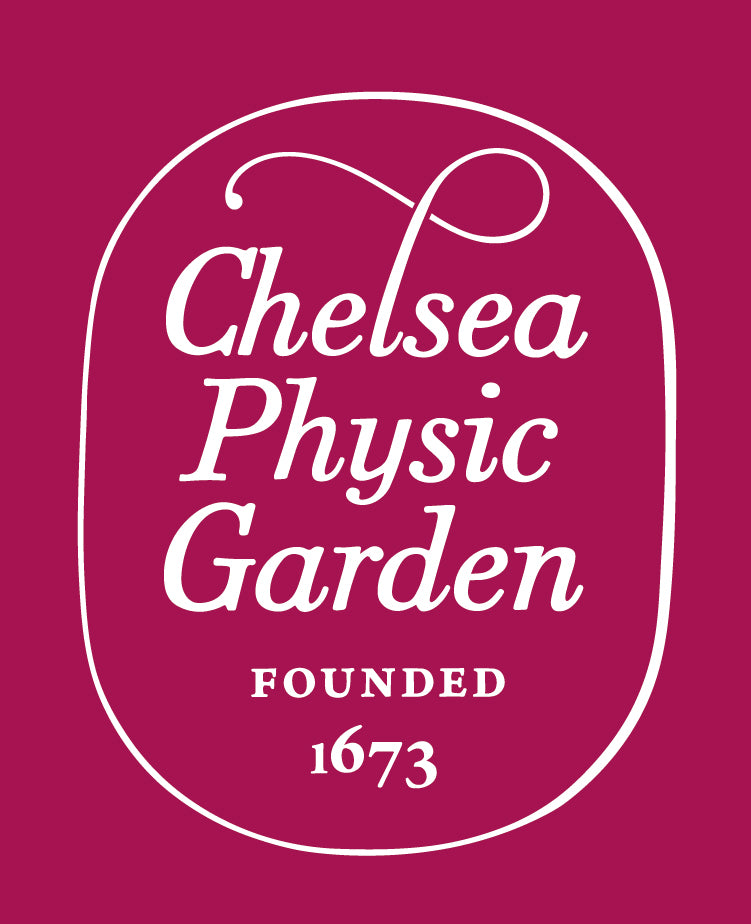
Describing Flowers Wild ID Guide
Pickup currently unavailable at Chelsea Physic Garden
The FSC Describing flowers guide describes and illustrates the main characters used in identification.
- Overview of flowers (such as whorl, calyx, sepals, petals, stamens, carpels).
- Flower symmetry: actinomorphic and zygomorphic.
- Perianth (such as anther, filament; shape and arrangement).
- Carpel (such as stigma, style, ovary, ovule; inferior and superior ovaries).
- Leaf: venation, arrangement, position, margins, bases, shape, stipules; simple and compound leaves.
Accompanying text on the reverse side includes a checklist of the main characters you can record in the field. The authors have included a guide to describing flowers (spike, panicle, rhizome, etc), fruits (berry, drupe, achene, nut, capsule, etc), plant form (herb, shrub, tree), and organs of vegetative reproduction (stolon, rhizome, etc). Also featured are instructions to writing a floral formula. This provides a very useful shorthand for describing flowers.
If you are using this guide alongside a flora, it is often useful to go through the checklist first, and to construct a floral formula. This will help considerably in the interpretation of the flower, making passage through the identification key much easier. The guide will also help to clarify points as progress is made through the key.
Identification is always best done in the field, so that as much information as possible is at hand. However if a flora is not available, the answers to the questions here are a thorough guide to describing flowers, keeping collection to a minimum. You can add additional notes about the habitat, like geographical location, vegetation, soil type and underlying geology. For the botanist, a good hand lens is an essential tool. The specimen should be as well lit as possible, and then brought into focus.
